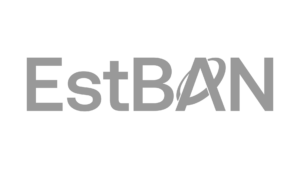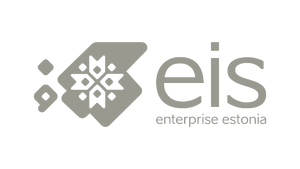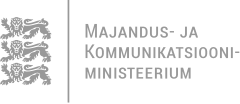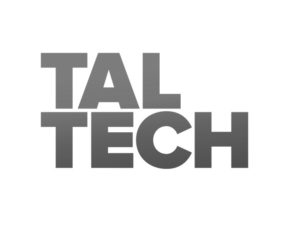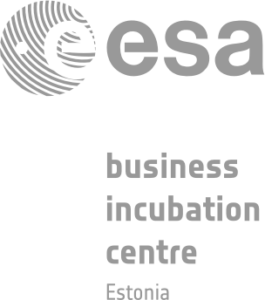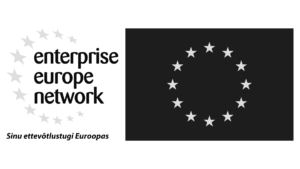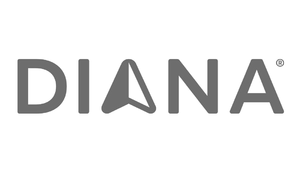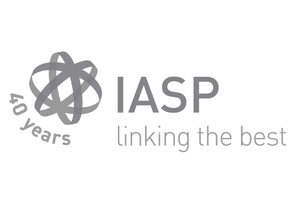01.06.2016
Telia: Smart Home looks after your health
The IT and telecom company Telia Eesti positions itself in the eHealth sector as a communications provider open to various health monitoring solutions. Telia connected home solution increases safety, which improves health and well-being.
Ago Arro, Export Manager at Telia Eesti, explains that the company provides technological solutions and access to its network. “We do not see ourselves as healthcare service providers but as communications providers. Smart Home at present focuses on ensuring safety rather than providing eHealth solutions,” says Arro.
Arro is in charge of the video-based elderly care initiative at Telia, but in fact several Telia Smart Home solutions involve a healthcare component. “Sonera has launched the pilot project Sonera HomeCare – a tool which identifies and communicates information on any deviations from a predefined set of parameters. If, for example, an elderly person has left the room or there has been no movement in the house for a while, the alarm will go off.” With Telia products, the movement sensors are not attached to the person – a small, but important detail. “People feel uncomfortable about wearing a red alarm button on their wrist. To offer them an alternative, we co-operate with our partners who have a product similar to the alarm button but integrated in a watch. The alarm call will be made from the watch.”
The main goal of the video-based care programme is to enable seniors to remain in their own homes for as long as possible. This initiative is now being tested in the city of Kuressaare in Saaremaa Island in cooperation with the community day centre for seniors. “The day centre produces programmes aimed at informing, entertaining and advising the seniors and enabling them to participate in social life. A videoconference is held at least three times a week, where information is communicated and where the audience can also actively participate and ask questions,” Arro explains.
Debunking the myth that older people have not got to grips with new technology, Arro says: “It is quite amazing really how fast the 70-year-old ladies adapt to digital change. The older generation is far more tech-savvy than they are given credit for. This has increased our confidence in these services. While the average user of our services is usually perceived as technologically challenged, we do not agree with this. What’s more, we should not forget that people who are today in their 50s and 60s will also be our target customers one day and they are well versed in computers.”
Telecare opportunities and considerations for the state, local governments and end users
Telia sees local governments as their strategic partners in Estonia as the price of the services may be too high for the end users. “Even so, considering the resources of local governments and the level of pensions in Estonia, part of the cost of such services will be covered by the family members of telecare recipients in the future. This means that they should perceive the service as valuable. Almost 90% of the elderly prefer remaining in their own home for as long as possible rather than moving into residential care. Their homes, however, often do not provide the support required for safe ageing,” says Arro.
“One of our partners is Tallinn City Government – we have long discussed our respective roles and the best solutions to be used. We have talked about whether we could offer a video-based care package or an all-round package including the video-based care programme, Smart Home solutions and health monitoring solutions. In the future we might also consider a Smart Bed product measuring the quality of sleep and other parameters.
We have studied the needs and expectations of people with regard to such services. People would like to see the monitoring and measuring component supplemented with medical and other advice so that they could learn how to improve their health and well-being.”
Arro draws parallels with Finland where similar issues are being discussed. In Finland, telecare initiatives are similarly implemented in partnership between companies and the government or local authorities. “In Estonia, healthcare institutions have also shown their interest in telecare and telehealth services. The initiatives considered include video-based medical consultations or a mixed system where the nurse performs the initial tests and there will be a video consultation with the doctor on the basis of the test results,” says Arro.
“So our target group is no longer limited to 60-80-year old seniors living alone. In the future, we might think about video-based rehabilitation and physiotherapy: the patients receive therapy over the Internet and the physiotherapist can offer advice and feedback to several patients at a time.”
Joint initiatives with the government have also been under discussion for some time. “The government has held a round-table meeting for all telecom companies to discuss how the private sector can contribute to
e-care. The government has done a good deal of preparatory work and we already have strategic partner institutions in counties. Mapping out the situation takes time as the concept of telecare has not yet been well defined and there is no common understanding as to what it should cover.”
Arro admits that today we do not yet know what are the exact areas that could benefit from using video. “Now many people just drop out of the labour market as they cannot leave their elderly relatives alone at home. What we are trying to do is to give peace of mind to the elderly and their family members so that the seniors could stay in their homes longer and their family members could carry on working without having to worry about the health and safety of their elderly relatives when they are alone.
Smart Home will include a healthcare component
In Telia, one always thinks in terms of exports: “As a member of the TeliaSonera Group, we can export the solutions developed in Estonia to other countries where the group is present, and try them out there. In the field of eHealth we can share the experience gained from the Sonera HomeCare services in Finland. As a similar tool is available in Sweden, we can discuss the lessons learnt also with our Swedish colleagues.”
Although today Telia cannot yet boast any large-scale eHealth initiatives, Arro believes that in a few years’ time Telia’s Smart Home solution will have developed into a comprehensive connected home system: “What we have in mind is an all-round solution for all family members. So for example the children can see on their TV that everything is all right with their elderly parents, who live in another city, and the parents can see what their children are doing.”
Export Manager Ago Arro is convinced that there is a need for smart home solutions. As the leader of the project he intends to get first-hand experience and test the services on his own parents who are not very familiar with technology.


